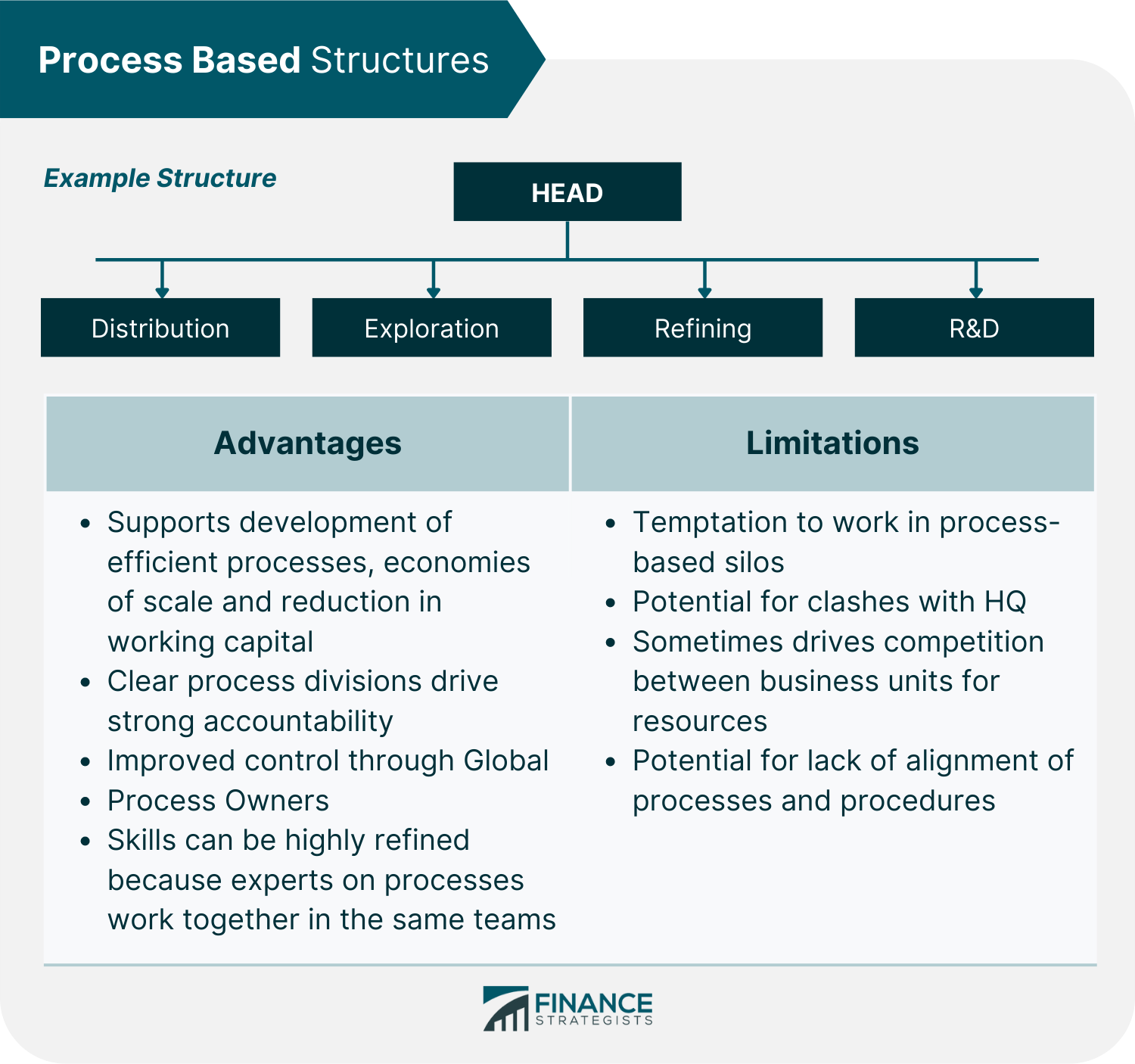Some Ideas on Relational Leadership Essentials You Need To Know
Table of ContentsIndicators on Relational Leadership Essentials You Should KnowThe Ultimate Guide To Relational Leadership EssentialsAll About Relational Leadership Essentials5 Simple Techniques For Relational Leadership EssentialsRelational Leadership Essentials Things To Know Before You BuySome Known Questions About Relational Leadership Essentials.
Yet, as even more business embrace dispersed workforce techniques, collective, clear, and flexible frameworks will certainly play a key function in success - servant-leadership training. Knowing that a matrix structure's flexibility sustains dexterous groups, advertises involvement, and values cross-collaboration, it's time to make a decision if your company requires renovation in these locations. If so, transitioning to a matrix framework might be a solid move in the right directionIf your social media advertising department identifies an untapped customer base, your framework should make it very easy for the head of that division to communicate this exploration to senior management and the sales group. This can be true even if you have a top-down framework in which authority rests in the hands of your elderly monitoring group.

Not known Details About Relational Leadership Essentials
No matter the sort of business structure you select, there will constantly be a coverage channel that finishes with a last decision maker. In a level framework in which employees are provided large latitude to make recommendations and take possession of their job process, decisions are made based on the consensus of workers working in a group.
TASK 1 1.1: Organizations are established to meet a need, for example to provide goods or services. Business frameworks can take lots of kinds.
Organizations can be structured in various methods: by function, for instance, procedures, advertising and marketing, money, fundraising, and so on by region by item, for instance, books, assistance, consultancy, distribution in job teams, for example, client/customer groups. On top of the framework is a single person, that has a handful of individuals reporting straight to them.
The Single Strategy To Use For Relational Leadership Essentials
Advantages of ordered structures: A hierarchical framework makes use of clear reporting lines. It is very easy to see what each team is called, the amount of individuals there remain in each team and just how they connect to other individuals in the system. Disadvantages of ordered structures: People can really feel stuck in a 'silo' and miss out on opportunities for co-operation, both on their own and the organisation.
There are less levels in the level structure organisation. In this example framework, there is a single person on top with every person else reporting into them on an equivalent degree. Advantages of flat frameworks: people feel more engaged and can take on more duty higher interaction better team much less administration and much easier choice making lowerEven groups of little ones begin to establish a network or informal power structure.
6 Simple Techniques For Relational Leadership Essentials

An organizational structure develops a framework for exactly how a firm operates, consisting of the division of obligations and authority. Below are the most usual option org frameworks in use: organizational framework business structure organizational framework business structure business framework business structure business framework You may ask, what is the best organizational structure?
The individual on top has the ultimate authority and sets the program and strategy. The supervisors develop the plan and the staff members implement the plan. Top-down orgs have worked in an organized and easy-to-understand pecking order for hundreds of years. Everyone has a clear line of coverage and understanding of the hierarchy.
Unknown Facts About Relational Leadership Essentials
Some have said that this design of structure is outdated, in a world that is relocating so quickly. The view may be excellent from the top, however what regarding the rest of your firm? Image by mirsad mujanovic/ Certified under Pexels Permit Benefits of a top-down org framework include: A clear concentrate on instructions and activities Centralized decision-making Duties and responsibilities are clear Familiar and comfortable operations Downsides of a top-down org structure consist of: Team participants have little control or input into the job item Managers might not see spaces in between assumptions and group capabilities until it's far too late Less independent reasoning at lower degrees Low staff member interaction and interest A bottom-up business structure works much differently.
Jobs and obligations alter in time. Lower-level staff members within an organization are provided better authority to address problems, established instructions, view website and handle tasks. The goal is to permit for higher input from the staff members closest to the customers or issues and create a much more joint setting. https://www.tripadvisor.com/Profile/rlessentials. Rather than strategy, concepts, and projects being bied far from the top, ideas and insights are formed at the base and circulation upwards in the bottom-up org framework.
Rumored Buzz on Relational Leadership Essentials
While employing the same concepts as the top-down structures, it even more delegates duty and authority to supervisors. Usually made use of in huge firms, obligations might be separated into divisions or units which supervisors manage and set technique in their particular locations. Secondary managers develop the execution method and lower-level employees are appointed tasks.